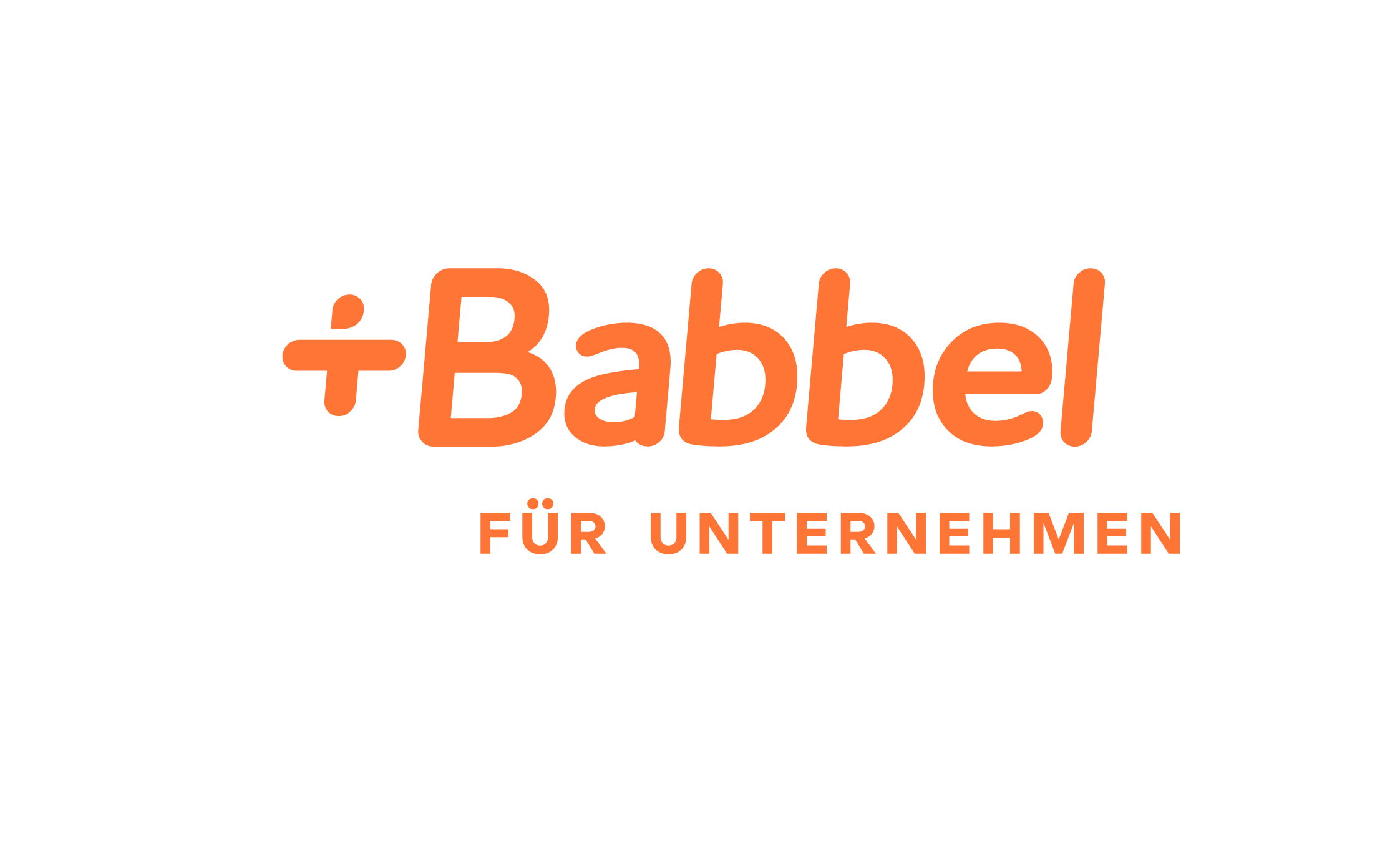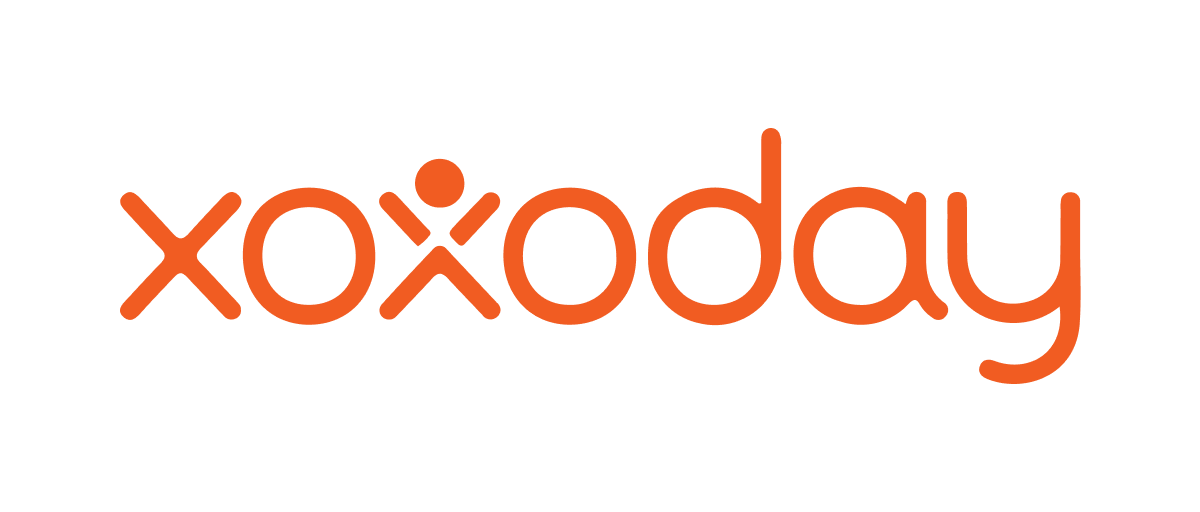No CRM Platform
Ever since its founding, Kinsta has put a lot of time and resources into its inbound marketing.
Nathan Bliss, Chief Sales Officer at Kinsta, explains:
“We have a strong commitment to long-tailed, long-form content marketing that indexes well on search with the goal of driving organic traffic to kick off the buyer’s journey,” says Nathan.
The only problem was that Kinsta didn’t have a CRM platform in place, which undermined its content marketing efforts as well as sales and customer service.
Disparate Sales and Marketing Systems
Rather than having one CRM platform, Kinsta used disparate systems for sales, marketing, and customer service.
For example, it used MailChimp for email marketing, Intercom for sales, and Calendly to schedule meetings. It also had its own proprietary CRM platform.
Managing all these systems was an administrative burden for Nathan and his team. It also multiplied subscription costs—in addition to the cost of maintaining the proprietary CRM platform.
“Subscriptions would renew at different times, some monthly, some annually,” says Nathan. “It became a real headache.”
Fragmented Contact Information
Unfortunately, none of these systems were fully integrated, which left contact information fragmented across multiple places. This made it difficult for Nathan and his team to get a complete picture of any contact.
“With different information in different places, it was often unclear where people were at in their buyer’s journey,” says Nathan.
This fragmentation also made it difficult to link email marketing interactions with contacts.
“Because the two systems weren’t integrated, we couldn’t get an event-level alert when a lead interacted with an email or anything like that,” says Nathan.
Inability to Attribute Revenue
Fragmentation of contact information also meant that Nathan and his team couldn’t accurately attribute revenue to specific marketing activities—including content marketing campaigns.
The team used different tools, such as Ahrefs and Venn diagrams, to try to identify overlap between buyers and the content that might interest them, but it was based on conjecture.
“We would make assumptions about what was converting rather than knowing what was actually converting,” says Nathan.
Inability to Scale and Grow
At the same time, Kinsta was angling to scale as a company. Yet these ongoing issues with its disparate sales and marketing tools were getting in the way.
“The inability to attribute revenue to marketing, in particular, made scaling difficult,” says Nathan. “It also made it difficult to justify sales processes at scale.”
Evaluating and implementing the HubSpot CRM Platform
Nathan and his team knew Kinsta needed to make a change, so they started investigating their options.
They looked at Close and Salesforce but ultimately preferred the HubSpot CRM Platform, choosing to implement Sales Hub Enterprise, Marketing Hub Enterprise, and Service Hub Professional.
With the HubSpot CRM Platform, Kinsta now has all its sales, marketing, and service information in one place.
“When you click on a single contact, you can see real-time and historical activity,” says Nathan. “It brings all elements of your interactions with buyers and potential buyers together into one place.”
Easy Implementation
To Nathan’s relief, the process of consolidating sales, marketing, and service on the HubSpot CRM Platform was easier than anticipated.
“It wasn’t as difficult as you might think,” says Nathan. “HubSpot CRM is very import friendly, so bringing in data from MailChimp, and even our proprietary system, wasn’t that hard. We migrated about 15,000 contacts from other platforms and, after a few tests, we were confident to proceed. It only took a day or two.”
Nathan was also relieved to no longer have to manage (and pay for) multiple software subscriptions.
“Once team members adopted and gained confidence with HubSpot, we started sunsetting subscriptions,” says Nathan. “It was just a function of time—and it didn’t take long for everyone to get comfortable with HubSpot.”
Full User Adoption and Support
In fact, only half of the sales team had any previous experience with the HubSpot CRM Platform, but even those completely new to it quickly got onboard.
Kinsta’s sales development manager, for example, became a strong proponent.
“Rachel has a Salesforce background, but HubSpot quickly became her preferred tool,” says Nathan. “People see it as a delight rather than a duty to use.”
Plus, assistance is always available to people if they need it.
“If you need something specific, you can always use the chat function,” says Nathan. “And the help center is another really great resource with its step-by-step guides.
Automatic Routing of Sales Leads
One of the top benefits of the HubSpot CRM Platform to the sales team is automatic lead routing.
The team is using HubSpot CRM workflows to automatically route thousands of contacts every month to the right sales rep at the right time without fail.
Nathan explains:
“If we get a lead in Italian, for example, it’s automatically routed to Christine, our EMEA sales rep,” says Nathan. “HubSpot workflows give us this granular level of specificity.”
Automatic routing also helps ensure leads never go stale but empowers the sales team to pursue them when they’re most likely to convert.
Lead Scores
Nathan’s team is also a big fan of HubSpot CRM lead scores, which they created with their own custom criteria. They’ve mapped these scores to buyer personas and used them to prioritize sales and marketing follow-up.
“We have multiple lead scores that we use to evaluate the potential of a lead to purchase,” says Nathan. “And we’ve incorporated them into the ecosystem of how we think about marketing qualified leads. It’s been a big benefit for us.”
Live Chat Function
Kinsta’s customer service team are big users of the HubSpot CRM live chat functionality, which they use as their primary mode of delivering customer support on its website and Facebook page.
“Our market demanded chat as a customer support service,” says Nathan. “It’s really taken off since we’ve implemented it.”
One Centralized Inbox
Kinsta is also using HubSpot CRM’s shared inbox to manage conversations with contacts in one spot, no matter where they’re happening.
“We can manage all conversations, from homepage chats to emails to Facebook inquiries, all in one place inside of HubSpot,” says Nathan.
Kinsta is also using HubSpot’s shared inbox to manage inquiries they receive from its affiliate marketers.
“Affiliate marketing is an important source of revenue for us, and we have thousands of affiliates,” says Nathan. “Responding to their questions and providing support inside of HubSpot makes it easy and efficient to manage those relationships.”
$4.5M in sales-influenced revenue
Since implementing HubSpot CRM at the end of 2019, Kinsta has achieved $4.5 million in sales-influenced revenue.
“We wouldn’t have been able to scale to that level of revenue had we not implemented HubSpot, no question,” says Nathan.
Kinsta has also grown its contact records from zero (with no CRM system) to an astonishing 189,000 in just two years.
At the same time, Nathan and his team have grown the average deal size by 50% since implementing the HubSpot CRM platform.
Given these great results, it’s not surprising Nathan is a self-described HubSpot CRM “fanboy” and encourages other companies to give it a try.
“With HubSpot, the barrier to entry is low. It’s a no-risk proposition to try it and see how it can scale with you.”












.png)

